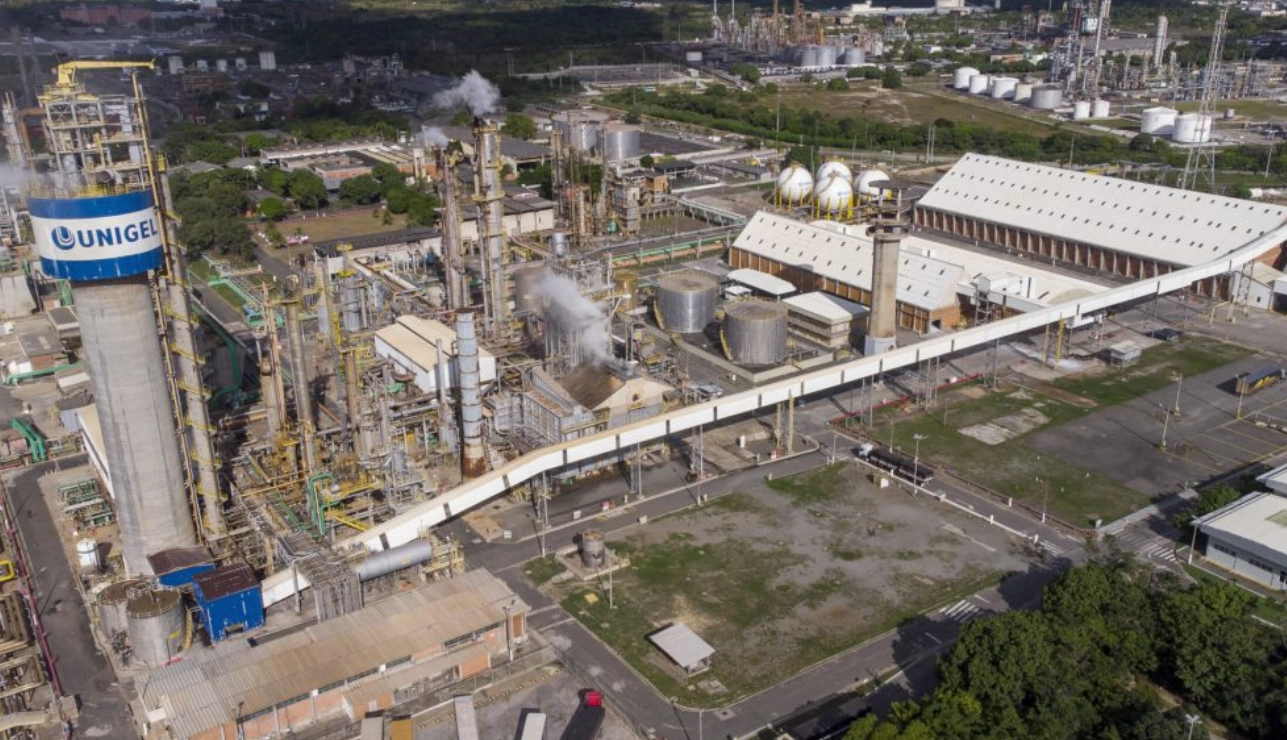Coauthor Jovanio Santos
As one of the pillars of the planet’s energy transition, green hydrogen finds fertile ground for its development in Brazil. Endowed with an electricity matrix composed mostly of renewable sources, Brazil is naturally poised to become one of the main production centers for the new energy source and one of the world’s leading suppliers to a market hungry for sustainable energy sources. Despite its natural advantages, Brazil faces some challenges that will have to be overcome for this vocation to become a reality.
Green hydrogen is the top star, from the sustainability perspective, in the watercolor of this coveted fuel, in which each color corresponds to the technological route used to produce it. The expectation is that the projects already announced for the production of low-carbon hydrogen could generate investments of some $350 billion by 2030. In the same period, according to calculations by Thymos Energia, Brazil will invest around US$ 28 billion.
Demand is also promising. In 2022, 95 million tons of hydrogen will be consumed worldwide, considering all its applications, with a strong focus on the industrial segment, mainly in the chemical industry and steel production. The main energy source used in production was natural gas, with 62% of the total, followed by coal (21%) and oil and naphtha (16%). Only 1% of the hydrogen consumed last year was produced from fossil fuels with CCUS.
According to the National Energy Balance (BEN 2023), with an electricity matrix that uses 89.2% of renewable sources, Brazil offers a favorable scenario to make hydrogen an even cleaner alternative. This is a counterpoint to the world electricity matrix, composed of only 28.6% of renewable sources. Due to the boom in wind and solar energy in the country, this comparative advantage over other countries is expected to increase.
Turning the potential into projects, however, requires overcoming some major challenges. The costs involved in producing green hydrogen are one of them. Based on international literature, for the energy source to be used on a large scale, it would have to cost $2 per kilogram, a challenging target even for countries fortunate in renewable sources, such as Brazil.
To reach this level, it would be necessary to reduce two major items on the cost calculation sheet: electricity costs, which represent on average 50% of hydrogen production costs, and the cost of using the electrolyzer, the equipment used to electrolyze water, the process in which the hydrogen molecule is broken down. In the case of the electrolyzer costs, the required reduction would be 75%; in the case of electricity, it would be 50%.
One way could be to optimize the hours of use of the hydrolyzer. Since the cheapest energy is only available for a few hours a day, there is usually low utilization of the equipment, which increases hydrogen production costs. By running the electrolyzer longer, even if there is an increase in electricity costs, there can be a decrease in production costs to an ideal level of about 3,000 to 6,000 full-load equivalent hours for a hydrogen unit. Still, even if the average of $2 per kilogram in world production is achieved, the added costs of storing and transporting hydrogen would add up to a bill of about $3.50 per kilogram.
Other challenges for the development of green hydrogen in the country, as in the rest of the world, are the lack of dedicated infrastructure, energy losses and the absence of a market structure. Currently, hydrogen is produced close to the consumption points, as the transportation network is still quite small. There are about 5,000 kilometers of hydrogen pipelines on the planet, a much smaller network than the 3 million kilometers of pipelines used to transport natural gas.
There are also significant energy losses along the green hydrogen value chain. In electrolysis, losses range between 30% and 35%, and in the conversion of green hydrogen to ammonia, between 13% and 25%. In addition, between 10% and 12% additional energy is needed to transport the hydrogen.
For such an important and promising market to consolidate, it is essential to invest in structure, research and studies to optimize it and make it more competitive, as well as a more in-depth study of potential consumers and the ways in which energy can reach them. Another challenge is to include the total end use of energy in official statistics to make pricing realistic. There are still many steps to be taken for investments to materialize, and they need to be addressed as soon as possible for Brazil to become a major player in this industry.
Jovanio Santos is the Director of Strategy and New Business at Thymos Energia. He is a Senior Member of the Institute of Electrical and Electronics Engineers (IEEE) and is a member of CIGRÉ. He holds a Master’s Degree in Energy Markets and Regulatory Affairs from Poli-USP, in Energy Law from CEDIN and in Project Management and the Brazilian Electricity Sector from FGV.
*Translated by Micaela Machado Rodrigues from Spanish












